Alaskan Writer of Imaginative Creativity
Author Masterminds Member
There are so many stars shining in the sky, so many beautiful things winking at you, but when Venus comes out, all the others are waned, they are pushed to the background. — Mehmet Murat Ildan
Venus, the second planet from the sun, is the only other planet in our solar system I have had personal experience with. During the summer of 2012, I viewed its transit across the face of the sun through a telescope on the Anchorage Museum’s lawn. Venus only appeared as a very slow-moving tiny black shadow on the titanic disc of the sun. But I envisioned that shadow as a bright cloud enveloped world.
At certain times of the year, it is the brightest planet in the night sky due to its highly reflective atmosphere. It is little wonder that many ancient civilizations named it a god or goddess. The Romans, captivated by its brightness and beauty, called it the goddess Venus. She represented love, beauty, prosperity, fertility, victory and was the mother of Cupid. She was so important to Romans; they claimed her as an ancestress. According to their mythology, she had a son named Aeneas, who fled from Troy to Italy. He then became the ancestor of Remus and Romulus, the founders of Rome.
Close to 1000 years later, when celestial bodies had lost most of their godly status and Venus was all but forgotten, an important discovery was made about the heavens. By observing the phases of Venus in the night sky, the astronomer Galileo was able to figure out the planet orbited the sun and not the earth. This disproved the widely held belief at the time that the earth was the center of the universe, and everything orbited it. This was a monumental astronomical discovery, but it caused an unexpected turn of events for Venus.
Now that the earth was not the center of the universe, it was no longer a unique place in that it was not the only planet with an orbit and features such as mountains. This allowed for the possibility of life on other worlds. With the limited view telescopes provided, until the invention of space probes, it was up to the human imagination to fill in what remained unseen. From observations of the canal structures on Mars (later discovered to be dried up riverbeds made from water that had once existed), astronomers thought the Martians who lived there traversed these structures as the ancient Egyptians once did the Nile. Then when they observed Venus, unable to peer beyond its thick atmosphere, they imagined its surface covered in a steamy jungle or swamp, populated by dinosaur-like creatures. But in reality, none of these theories were remotely close to the truth.
In December of 1970, the Soviet Union’s Vener 7 plunged through the thick atmosphere of Venus and landed on the surface, making it the first human-made spacecraft to land on another planet. Instead of it revealing a cloud covered jungle, it showed a hostile and desolate planet devoid of any life. Covering its surface were thousands of flat pancake-like volcanoes spewing lava into massive flows of molten rock. The average surface temperature measured 880 degrees Fahrenheit, with the pressure sitting at a crushing 90 times that of Earth – a similar pressure found in the cold gloom of the Earth’s ocean at 3,300 feet. The atmosphere was comprised mainly of carbon dioxide with only trace amounts of water and clouds consisting of sulfuric acid. Then the top layer of Venus’s poisonous atmosphere, propelled by hurricane-force winds of roughly 224 miles an hour, zips around the planet every four days. Considering the hellish environment of this planet, it should come as no surprise that Vener 7 lasted only 127 minutes on the surface before Venus’ immense pressure crushed it.
From this, we have the morbid opportunity to think about what might kill you first if you traveled to Venus. Would you be bludgeoned to death by hurricane-force winds, chemically burned to death with sulfuric acid, turned to ash, suffocated, crushed, struck by lightning born from sulfuric acid clouds, or killed in an explosion from volatile compounds forming naturally within the atmosphere. These are disturbing subjects to think about, but they do a good job of demonstrating how insanely deadly this planet is.
This was far from the depictions of a prehistoric landscape of fog and trees or a beautiful goddess representing love. But strangely, the ancient Romans were not as far from the mark as it seems. Returning to their mythology, Venus was married to Vulcan, the god of fire, which seems a more fitting name for the brutally inhospitable world. And comically, it could have led to many Star Trek themed jokes directed at its name, Planet Vulcan.
Our Closest Neighbor was first published with Readers and Writers Book Club: https://readersandwritersbookclub.com.




 This is Publication Consultants’ motivation for constantly striving to assist authors sell and market their books. Author Campaign Method (ACM) of sales and marketing is Publication Consultants’ plan to accomplish this so that our authors’ books have a reasonable opportunity for success. We know the difference between motion and direction. ACM is direction! ACM is the process for authorpreneurs who are serious about bringing their books to market. ACM is a boon for them.
This is Publication Consultants’ motivation for constantly striving to assist authors sell and market their books. Author Campaign Method (ACM) of sales and marketing is Publication Consultants’ plan to accomplish this so that our authors’ books have a reasonable opportunity for success. We know the difference between motion and direction. ACM is direction! ACM is the process for authorpreneurs who are serious about bringing their books to market. ACM is a boon for them. Release Party
Release Party Web Presence
Web Presence Book Signings
Book Signings Facebook Profile and Facebook Page
Facebook Profile and Facebook Page Active Social Media Participation
Active Social Media Participation Ebook Cards
Ebook Cards The Great Alaska Book Fair: October 8, 2016
The Great Alaska Book Fair: October 8, 2016


 Costco Book Signings
Costco Book Signings eBook Cards
eBook Cards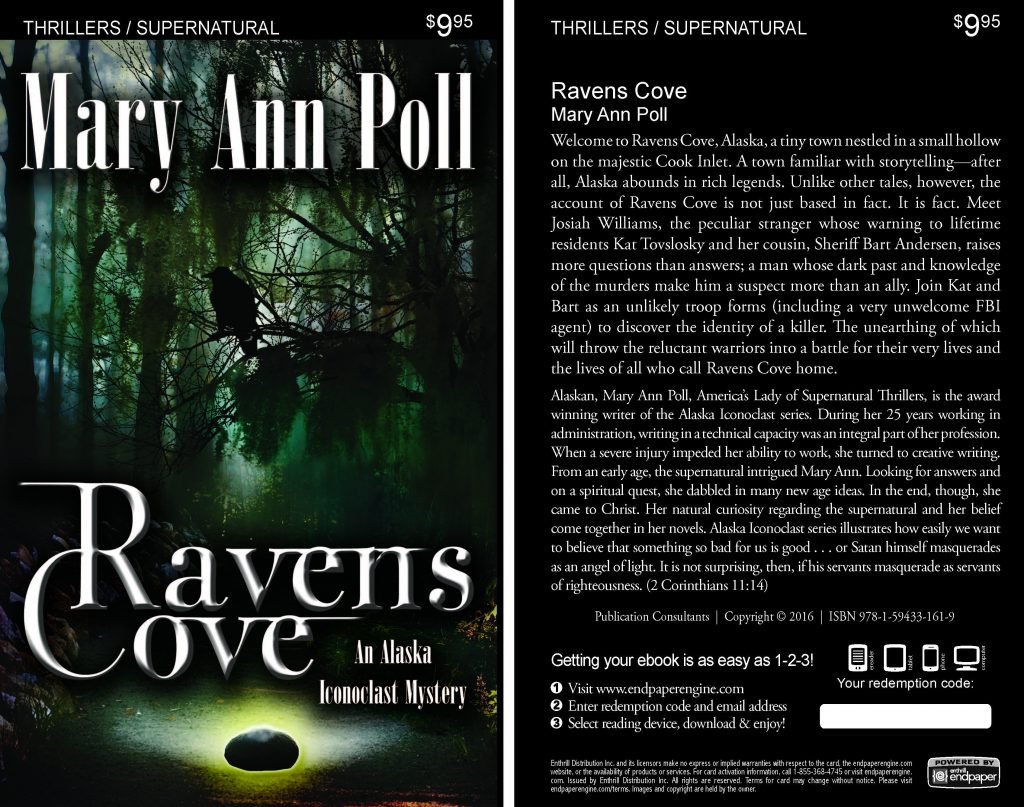

 Benjamin Franklin Award
Benjamin Franklin Award Jim Misko Book Signing at Barnes and Noble
Jim Misko Book Signing at Barnes and Noble
 Cortex is for serious authors and will probably not be of interest to hobbyists. We recorded our Cortex training and information meeting. If you’re a serious author, and did not attend the meeting, and would like to review the training information, kindly let us know. Authors are required to have a Facebook author page to use Cortex.
Cortex is for serious authors and will probably not be of interest to hobbyists. We recorded our Cortex training and information meeting. If you’re a serious author, and did not attend the meeting, and would like to review the training information, kindly let us know. Authors are required to have a Facebook author page to use Cortex. Correction:
Correction: This is Publication Consultants’ motivation for constantly striving to assist authors sell and market their books. ACM is Publication Consultants’ plan to accomplish this so that our authors’ books have a reasonable opportunity for success. We know the difference between motion and direction. ACM is direction! ACM is the process for authors who are serious about bringing their books to market. ACM is a boon for serious authors, but a burden for hobbyist. We don’t recommend ACM for hobbyists.
This is Publication Consultants’ motivation for constantly striving to assist authors sell and market their books. ACM is Publication Consultants’ plan to accomplish this so that our authors’ books have a reasonable opportunity for success. We know the difference between motion and direction. ACM is direction! ACM is the process for authors who are serious about bringing their books to market. ACM is a boon for serious authors, but a burden for hobbyist. We don’t recommend ACM for hobbyists.

 We’re the only publisher we know of that provides authors with book signing opportunities. Book signing are appropriate for hobbyist and essential for serious authors. To schedule a book signing kindly go to our website, <
We’re the only publisher we know of that provides authors with book signing opportunities. Book signing are appropriate for hobbyist and essential for serious authors. To schedule a book signing kindly go to our website, < We hear authors complain about all the personal stuff on Facebook. Most of these complaints are because the author doesn’t understand the difference difference between a Facebook profile and a Facebook page. Simply put, a profile is for personal things for friends and family; a page is for business. If your book is just a hobby, then it’s fine to have only a Facebook profile and make your posts for friends and family; however, if you’re serious about your writing, and it’s a business with you, or you want it to be business, then you need a Facebook page as an author. It’s simple to tell if it’s a page or a profile. A profile shows how many friends and a page shows how many likes. Here’s a link <> to a straight forward description on how to set up your author Facebook page.
We hear authors complain about all the personal stuff on Facebook. Most of these complaints are because the author doesn’t understand the difference difference between a Facebook profile and a Facebook page. Simply put, a profile is for personal things for friends and family; a page is for business. If your book is just a hobby, then it’s fine to have only a Facebook profile and make your posts for friends and family; however, if you’re serious about your writing, and it’s a business with you, or you want it to be business, then you need a Facebook page as an author. It’s simple to tell if it’s a page or a profile. A profile shows how many friends and a page shows how many likes. Here’s a link <> to a straight forward description on how to set up your author Facebook page.



 Mosquito Books has a new location in the Anchorage international airport and is available for signings with 21 days notice. Jim Misko had a signing there yesterday. His signing report included these words, “Had the best day ever at the airport . . ..”
Mosquito Books has a new location in the Anchorage international airport and is available for signings with 21 days notice. Jim Misko had a signing there yesterday. His signing report included these words, “Had the best day ever at the airport . . ..”



 The Lyin Kings: The Wannabe World Leaders
The Lyin Kings: The Wannabe World Leaders
 Time and Tide
Time and Tide


 ReadAlaska 2014
ReadAlaska 2014 Readerlink and Book Signings
Readerlink and Book Signings
 2014 Independent Publisher Book Awards Results
2014 Independent Publisher Book Awards Results

 Bonnye Matthews Radio Interview
Bonnye Matthews Radio Interview
 Rick Mystrom Radio Interview
Rick Mystrom Radio Interview When he published those overseas blogs as the book The Innocents Abroad, it would become a hit. But you couldn’t find it in bookstores.
When he published those overseas blogs as the book The Innocents Abroad, it would become a hit. But you couldn’t find it in bookstores. More NetGalley
More NetGalley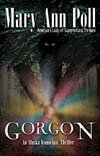 Mary Ann Poll
Mary Ann Poll
 Bumppo
Bumppo
 Computer Spell Checkers
Computer Spell Checkers Seven Things I Learned From a Foreign Email
Seven Things I Learned From a Foreign Email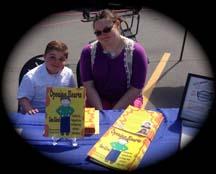 2014 Spirit of Youth Awards
2014 Spirit of Youth Awards Book Signings
Book Signings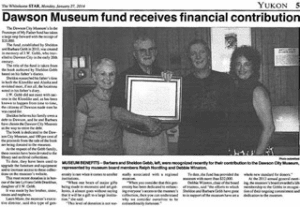


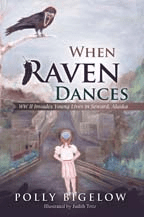 Blog Talk Radio
Blog Talk Radio Publication Consultants Blog
Publication Consultants Blog Book Signings
Book Signings



 Don and Lanna Langdok
Don and Lanna Langdok Ron Walden
Ron Walden Book Signings Are Fun
Book Signings Are Fun Release Party Video
Release Party Video
 Erin’s book,
Erin’s book,  Heather’s book,
Heather’s book,  New Books
New Books